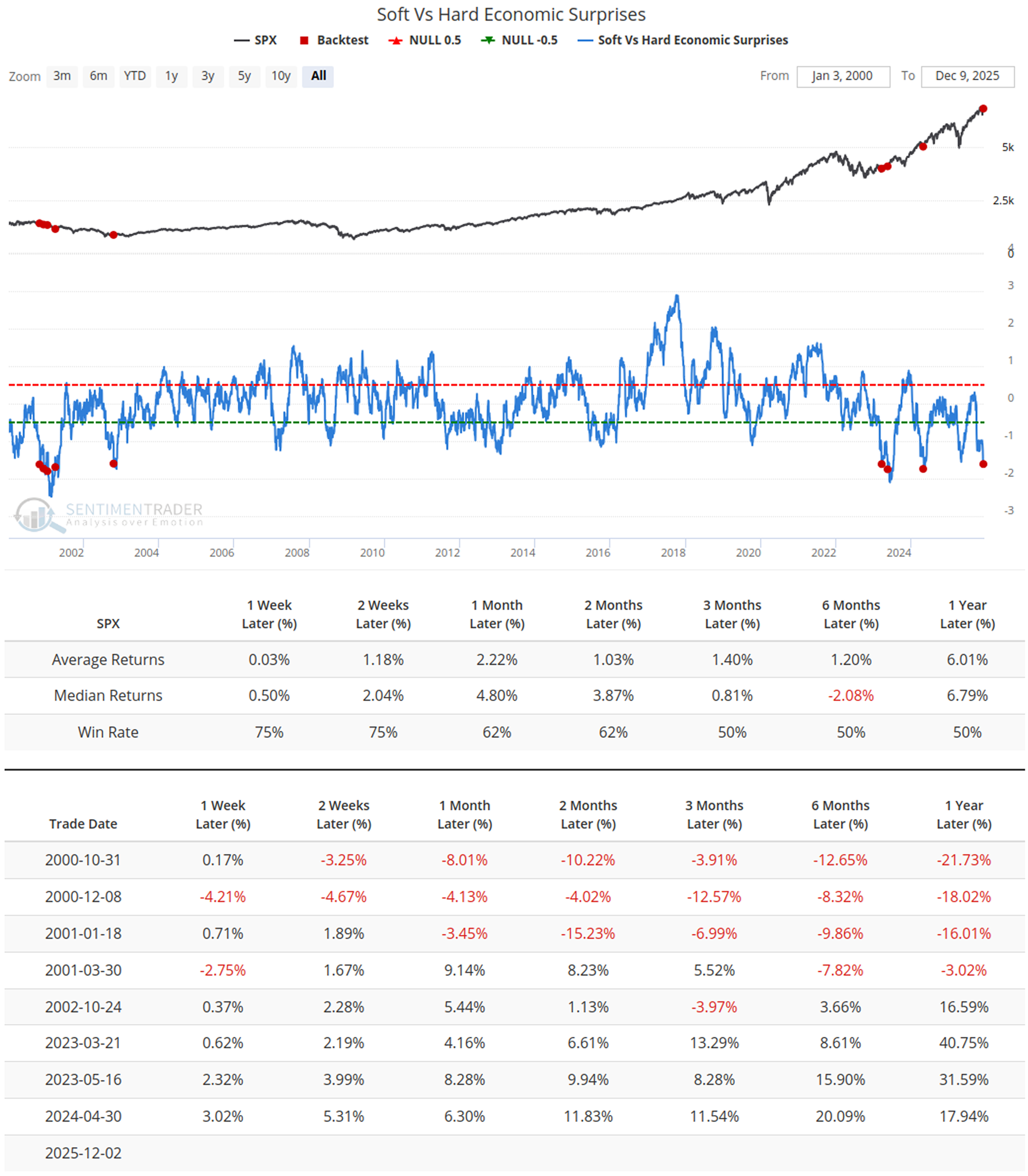There has been a notable resurgence in antitrust litigation aimed at fostering innovation through the potential positive spillovers of technology to other firms. Its advocates argue that breaking up monopolies promotes technology dissemination and economic growth. They believe antitrust litigation enables early-stage innovation in the marketplace. However, this view oversimplifies innovation’s complexity, as it rarely follows a linear path from discovery to consumer application and often requires alternative technologies and market pathways for successful implementation.
This linear perspective believing that “progress is inevitable, and we know how it will happen” fails to account for the multifaceted and iterative nature of technological progress, where multiple routes can lead to unified outcomes, and where alternative innovations typically emerge independently of such direct interventions as antitrust litigation. The market process, through its inherent dynamism and complexity, often finds more effective and unexpected ways to evolve and adapt technologies that antitrust measures alone may not foresee or facilitate. Furthermore, this viewpoint tends to overlook the serendipitous and often unintentional aspects of innovation that emerge unpredictably within the market, influenced by inherent risks and uncertainties. Such a planned and sequential approach to innovation diffusion underestimates the dynamic and often chaotic nature of technological advancement and market forces. Another critical oversight of this approach is its assumption as to the supposedly inevitable impact of current technologies on future industry transformation.
The lifecycle of ideas: How inventions become innovation
The popular reverence of discovery given to great inventors often falsely attributes to a singular moment in the entire discovery process, what is actually an assemblage of discoveries over time. Invention is fundamentally a process of synthesizing novel entities or original concepts, largely by strategically recombining existing materials or extracting new outcomes from specific configurations of these materials. This endeavor necessitates not only the conceptualization, but also the subsequent development of innovative ideas, methodologies, or tangible products. Inventions may materialize as new products, technologies, or previously nonexistent methods, representing the first realization of an idea for a new application or process, often delineated by its potential for patentability. In essence, invention is the act of forging new knowledge or capabilities.
This process inherently builds upon, or at least exploits, existing knowledge structures. Inventors create a scaffold for further exploration and discovery by reinterpreting and rearranging what is already known. This iterative interaction with the existing body of knowledge allows for the progressive refinement and expansion of technological and conceptual frontiers. As such, each new invention does not arise in isolation but is an integrative culmination of past insights and discoveries, emphasizing the continuous dialogue between new and established ideas.
Innovation, on the other hand, refers to the practical application and successful exploitation of new ideas or inventions. It encompasses not just the development of new ideas, but also their implementation and transformation into new products, processes, or services that are brought to market or used effectively. Innovation involves adapting and integrating new inventions into existing systems and practices in a way that is practical, affordable, reliable, and sufficiently widespread to be of value. It is often characterized by its focus on meeting consumer needs and achieving market penetration. Innovators deploy inventions strategically, making them affordable and robust, meeting consumer needs, and gaining market presence, often outcompeting and replacing rival products.
An antitrust strategy that targets key and nascent companies to facilitate the strategic decentralization of technology may seek justification based on the unforeseen successful development of an industry over more than fifty years. These strategies often overestimate the impact of specific technologies, which are single elements in a chain of events —a miscalculation compounded by the inherent unpredictability of industry directions and the potential applications of emerging technologies. The historical process is fraught with uncertainty, marked by the dashed expectations of numerous firms during intermediary stages, and characterized by the periodic rediscovery and reintroduction of technologies and products.
As the Innovation economist, Nathan Rosenberg, explains, the uncertainty of innovation development is exemplified by “the mobile phone. In 1983, when AT&T was being divested in an anti-trust suit, it was considering whether it should attempt to retain the frequencies that would be essential for the operation of mobile phones. AT&T therefore hired one of America’s best-known consulting firms to forecast the likely number of American subscribers for mobile phones by the year 1999. The forecast that was eventually given to AT&T was that there might be as many as one million subscribers to mobile phones in 1999. In fact, the number of subscribers passed the 70 million mark in that year!”
This significant failure to forecast correctly was due to the lack of creative vision for the multiple use cases that could apply to mobile phones, and that were later developed.
The development of semiconductor technology exemplifies how many innovators tend to arrive simultaneously at a cumulative convergence in technologies. Innovations rarely rely on a single firm, inventor, or even a single technology. In the 1920s, Julius Edgar Lilienfeld and Oskar Heil independently made groundbreaking contributions to transistor technology. Lilienfeld’s 1925 patent (U.S. Patent 1,745,175) described controlling electron flow in solid-state materials using an electric field, laying the foundation for field-effect transistors (FETs). Although he didn’t build a prototype, his theoretical insights were crucial. Heil, in the early 1930s, patented a similar design in Germany, detailing how to control semiconductor conductivity with an electric field.
However, their work remained obscure due to the nascent state of semiconductor technology and wartime challenges. Post-World War II, consumer demand for radios and televisions spurred the rapid growth of markets and corresponding advancements in the division of labor, developing Lilienfeld and Heil’s contributions. This period saw improved materials and techniques bringing these early innovations to the forefront.
Bell Laboratories developed the first practical transistor in 1947, but this was part of a broader collaborative effort. General Electric (GE) and IBM also played significant roles. By the early 1950s, GE had perfected germanium purification and semiconductor doping, while IBM advanced photolithography, crucial for miniaturizing circuits.
Semiconductors are essential today, only due to decades of innovation, resulting in the World Wide Web, operating systems like Windows and Android, and other modern tools. They are valued not for direct consumption but as critical components in producing consumer products. Entrepreneurs leverage them amongst alternatives to meet consumer demands efficiently, gaining profits and market share. Antitrust policies often overestimate the impact of a single technology. The story of the transistor at Bell Labs is often cited as the catalyst for the information age, but this narrative overlooks the significant contributions from other academics, companies, and the distributed collaborative nature of innovation.
Entrepreneurship and innovation
Despite early developments, the information age’s rapid rise wasn’t obvious. In 1954, transistors were niche, used in hearing aids and military communications. That year, Texas Instruments made a pivotal move by producing the first transistor radio, the Regency TR-1, for $49.95, which utilized germanium transistors since silicon alternatives were too costly at the time, demonstrating alternative pathways. It was in part a competitive response to boost the market demand for transistors. Ironically, they abandoned this market, which Sony later dominated.
The history of personal computing shows how major players can miss emerging technologies due to a lack of vision. IBM, a giant in mainframe computing, underestimated the market potential for personal computers. This allowed smaller companies like Apple and Microsoft to innovate and dominate the PC market. IBM’s slow response highlights how established companies can miss growth opportunities by focusing too narrowly on existing technologies.
Similarly, Microsoft, despite its eventual success with Windows, initially failed to appreciate the internet’s significance. It launched Internet Explorer only after competitors like Netscape had established a market presence, showing that dominance in one area doesn’t ensure foresight in others. The evolution of the World Wide Web, created by Tim Berners-Lee at CERN in 1989, illustrates the unpredictable nature of technological advancements. Initially intended to facilitate information sharing among researchers, the Web’s open-source philosophy led to widespread adoption and innovation, far beyond its original academic use. This underscores how technological evolution often results from cumulative and collaborative efforts rather than the vision of a single entity.
The entrepreneurial shift occurred as innovators made the web more user-friendly, especially with the Mosaic browser, drawing interest beyond academics. By the mid-1990s, the Web transformed into a commercial entity. Entrepreneurs recognized its potential for e-commerce, advertising, and mass communication, spurring innovations in web design like CSS, JavaScript, and advanced HTML. These advances enabled dynamic, interactive websites and broader adoption. Nonetheless, the idea of the Internet being central to modern life remained distant in the 90s.
In conclusion, antitrust litigation cannot bring about innovation because it assumes knowledge of future progress. Firms operate under constitutional rules of property rights and the rule of law, that would suffer under a regime of bureaucratic intervention in the market. An antitrust strategy of coerced devolution, targeting firms according to their asymmetrical size despite the uncertainties inherent in a vibrant economy, severely dampens prospects for growth by distorting incentives. The information age developed during a less conflict-driven antitrust era, as shown by a 2011 study indicating an operational regime change in the early 70s allowing more mergers and a falling ratio of antitrust merger cases, (Total Merger Cases / Total US Mergers), with additional significant declines in civil cases, including monopolization and restraint of trade cases.
Full story here Are you the author? Previous post See more for Next postTags: Featured,newsletter



























